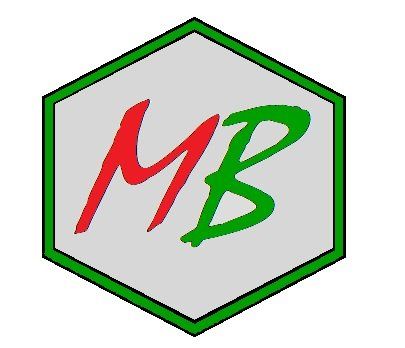Carnauba wax
is a natural product obtained from the leaves of the Carnauba palm (Copernica Cerifera), of Brazilian origins.
To protect itself from the severe drought that affects the northeastern part of Brazil, the Carnauba palm produces a wax that covers the upper part of the leaves.
The leaves are harvested from September to March and, after a drying period, are hit to make the pieces of wax come off.
The latter is then subjected to a refining process which consists of filtration, distillation, centrifugation and decolorization.
Of all the natural waxes, Carnauba is the hardest, shiny and non-sticky.
The color (pale yellow to greenish-brown) depends on the age of the leaves and the heat received.
Based on the color, the Carnauba wax on the market is classified into T1 (lighter), T3 and T4 (darker).
CAS 8015-86-9
Other: 174477-33-9
ECHA EC Number: 232-399-4
FDA UNII: R12CBM0EIZ
MDL: MFCD00130724
Light yellow pellets Appearance
Drop point 80.0 - 88.0 ° C
Acidity index 2.0 - 7.0 mgKOH / g
Saponification index 78.0 - 95.0 mgKOH / g
Total ash <= 0.25%
Carnauba wax mainly contains esters of fatty acids (80-85%), fatty alcohols (10-15%), acids (3-6%) and hydrocarbons (1-3%)





